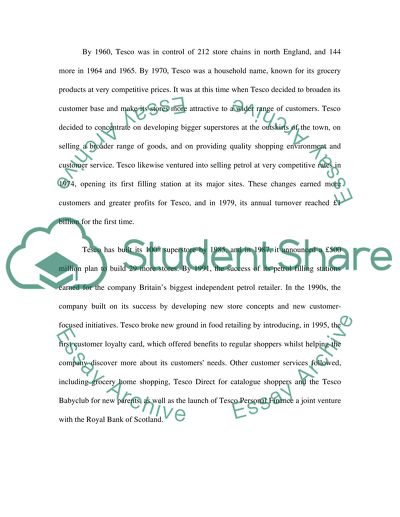Cite this document
(“Corporate Strategic Review on TESCO Essay Example | Topics and Well Written Essays - 1500 words”, n.d.)
Retrieved from https://studentshare.org/miscellaneous/1513465-corporate-strategic-review-on-tesco
Retrieved from https://studentshare.org/miscellaneous/1513465-corporate-strategic-review-on-tesco
(Corporate Strategic Review on TESCO Essay Example | Topics and Well Written Essays - 1500 Words)
https://studentshare.org/miscellaneous/1513465-corporate-strategic-review-on-tesco.
https://studentshare.org/miscellaneous/1513465-corporate-strategic-review-on-tesco.
“Corporate Strategic Review on TESCO Essay Example | Topics and Well Written Essays - 1500 Words”, n.d. https://studentshare.org/miscellaneous/1513465-corporate-strategic-review-on-tesco.


